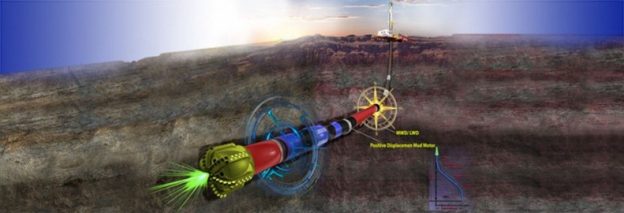Directional, Horizontal, Multilateral Drilling
This course builds a firm foundation in the principles and practices of directional drilling, calculations, and planning for directional and horizontal wells. Participants will receive instruction on planning and evaluating horizontal wells based on the objectives of the horizontal well. The basic applications and techniques for multi-lateral wells are covered in the course. Additionally, they will become familiar with the tools and techniques used in directional drilling
About the course:
This course builds a firm foundation in the principles and practices of directional drilling, calculations, and planning for directional and horizontal wells. Participants will receive instruction on planning and evaluating horizontal wells based on the objectives of the horizontal well. The basic applications and techniques for multi-lateral wells are covered in the course. Additionally, they will become familiar with the tools and techniques used in directional drilling.
Audience:
Operating and service company, Fresh graduate students from Oil and Gas Universities
Drilling, production and operations engineers, field supervisors, tool pushers, managers, and technical support personnel.
You will learn how to:
- Make survey calculations
- Interpret TVD, polar and rectangular coordinates, and vertical section
- Interpret dogleg severity and the problems associated with dogleg severity
- Plan a two-dimensional directional well
- Plan horizontal wells based on the objectives of the well
- Determine the best multi-lateral completion for an application
- Determine declination and non-magnetic drilling collar selection
- Apply the best survey instrument for the job
- Directionally drill with rotary BHAs, jetting, whipstocks, motor, steerable motors, and rotary steerable systems
- Drill horizontally underbalanced
- Interpret torque and drag and determine what factors will affect the torque and drag
- Determine cementing requirements for directional wells
About Instructor
Mohammed
47 Courses

-
Instructors:
Latest updates

